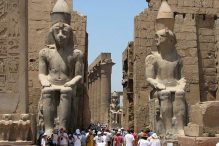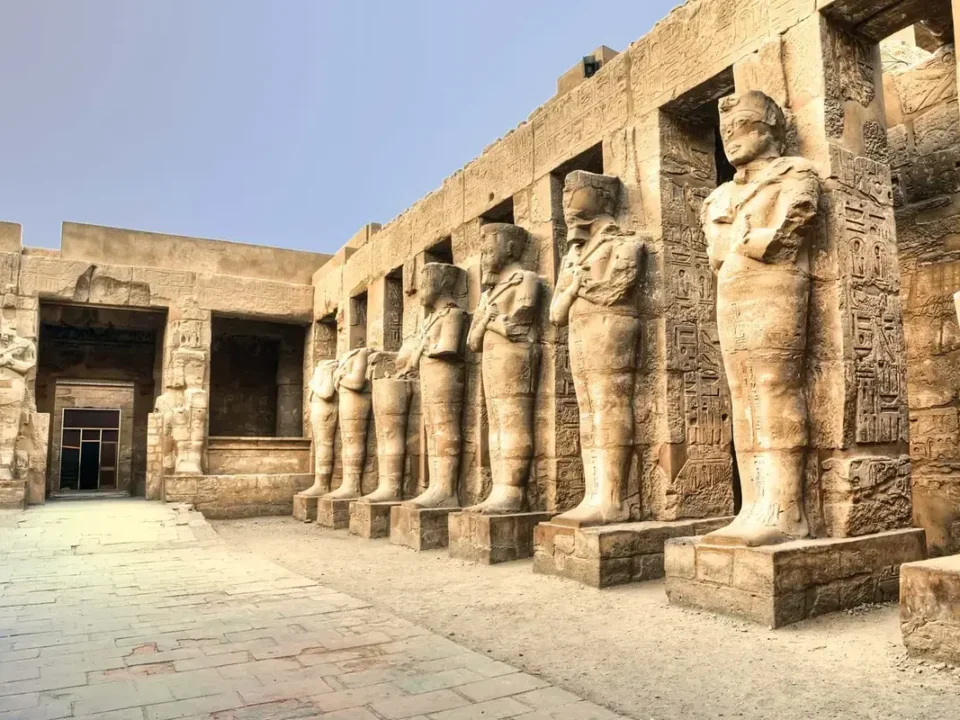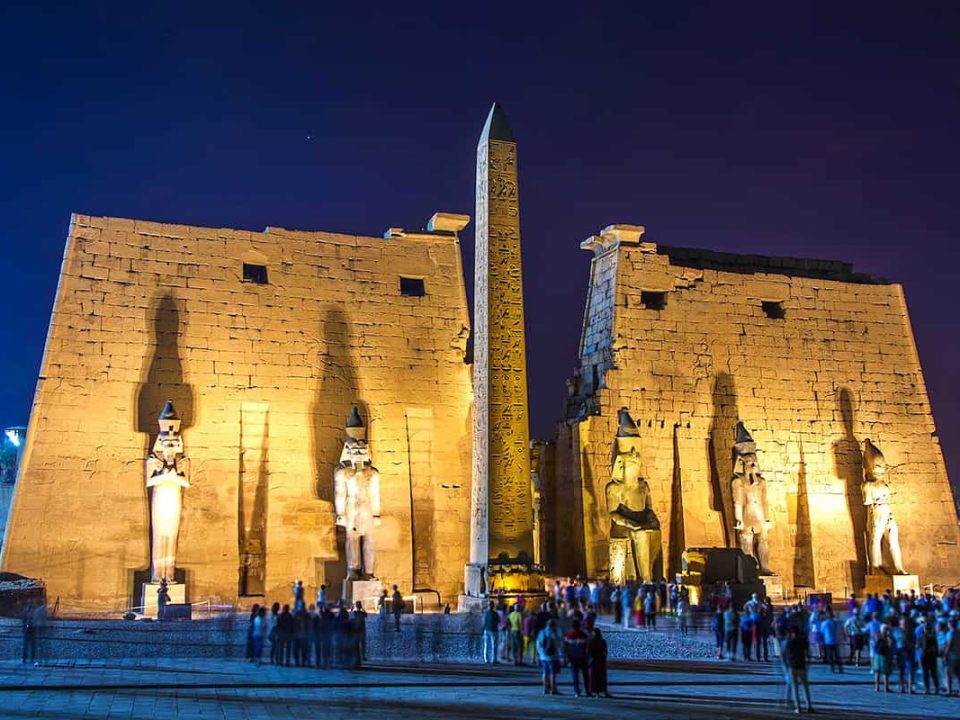Valley of the Kings, Egypt: A Comprehensive Tourist Guide
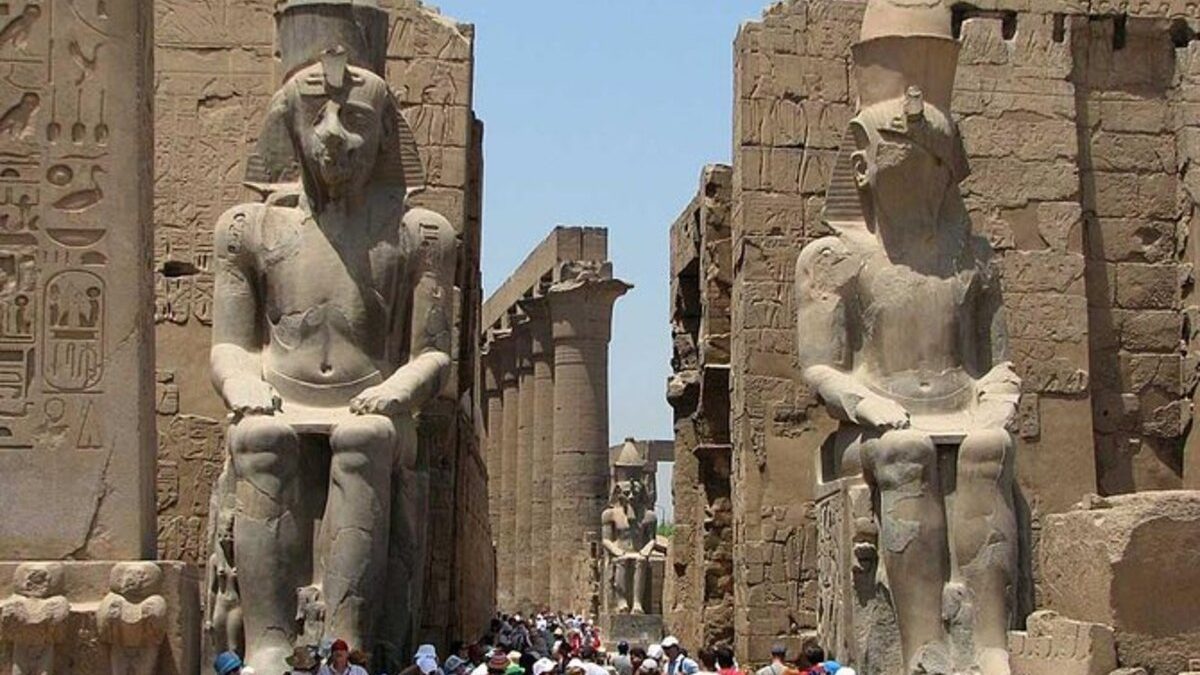
Valley of the Kings, Egypt: A Comprehensive Tourist Guide
The Valley of the Kings, nestled on the west bank of the Nile River near Luxor, Egypt, is one of the most famous archaeological sites in the world. This ancient necropolis, where the pharaohs and powerful nobles of the New Kingdom (1550–1070 BCE) were laid to rest, offers visitors a unique glimpse into Egypt’s illustrious past. This comprehensive guide will provide you with all the essential information needed to plan a memorable visit, ensuring an enriching experience as you explore this UNESCO World Heritage site.
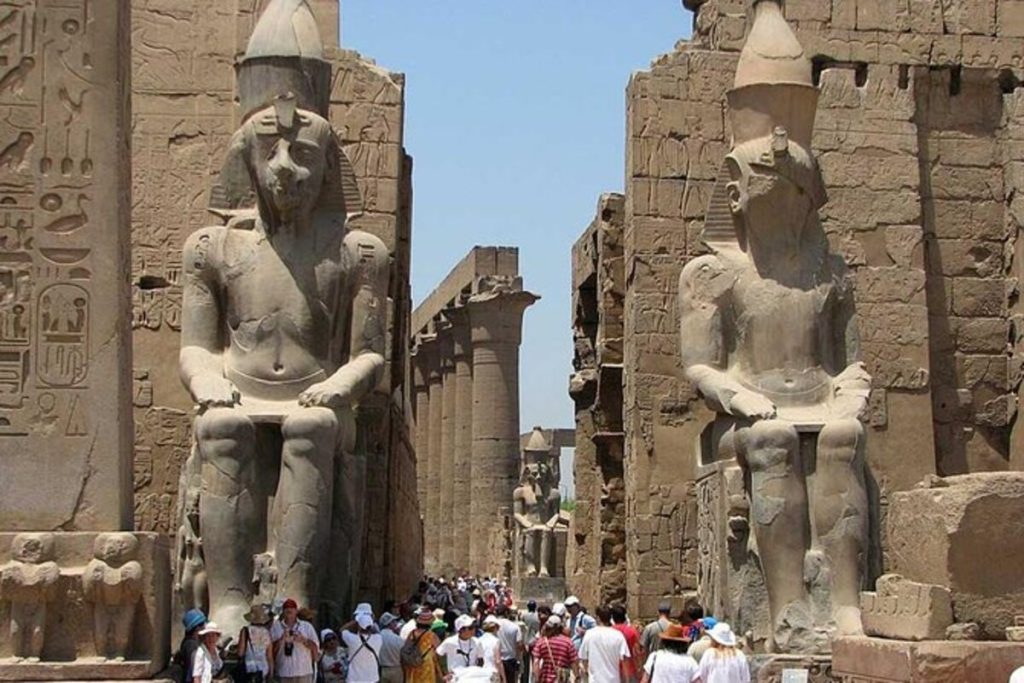
Historical Background
Discovery and Significance
The Valley of the Kings was used as a burial ground for nearly 500 years, from the 16th to the 11th century BCE. It houses the tombs of pharaohs, including the legendary Tutankhamun, Ramses II, and Seti I, as well as high priests and other elites. The location was chosen for its remote and secure nature, aimed at protecting the royal tombs from grave robbers.
Tomb Construction and Artistry
The tombs in the Valley of the Kings are renowned for their intricate designs, vibrant wall paintings, and hieroglyphic inscriptions. These decorations were intended to guide the deceased through the afterlife, depicting scenes from the “Book of the Dead” and other funerary texts. The tombs vary in size and complexity, reflecting the status and wealth of the individuals buried within.
Notable Discoveries
The discovery of Tutankhamun’s tomb by Howard Carter in 1922 remains one of the most significant archaeological finds of all time. The tomb was nearly intact, filled with treasures, including the iconic golden death mask of the young pharaoh. This discovery brought global attention to the Valley of the Kings and spurred further exploration and research.
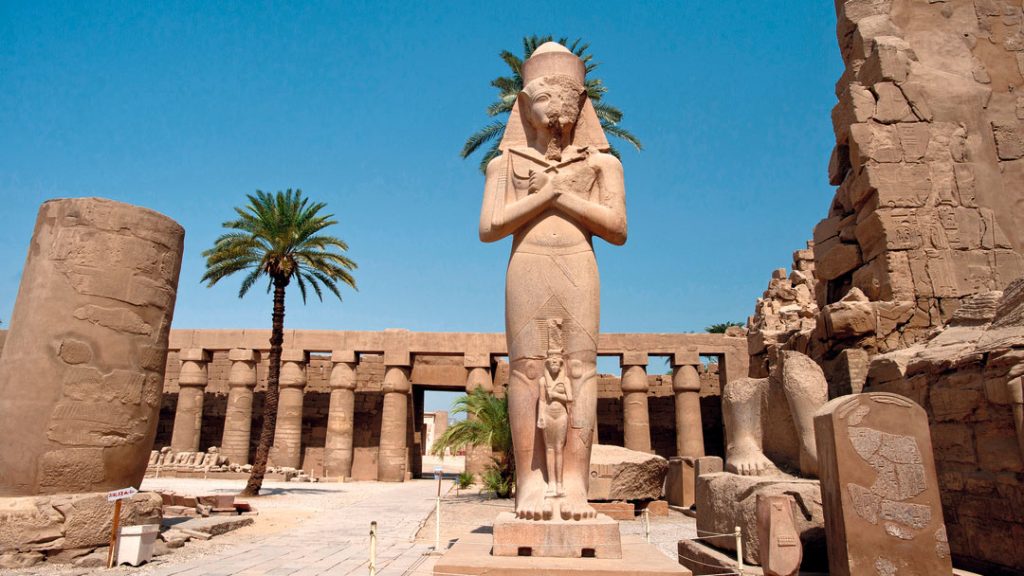
Visiting the Valley of the Kings
Getting There
The Valley of the Kings is located about 30 kilometers (18 miles) west of Luxor. It is easily accessible by car, taxi, or organized tour. Many visitors opt to stay in Luxor and take a day trip to the valley, combining it with other nearby attractions such as the Temple of Hatshepsut and the Colossi of Memnon.
Best Time to Visit
The best time to visit the Valley of the Kings is during the cooler months, from October to April. The summer months (May to September) can be extremely hot, with temperatures often exceeding 40°C (104°F). Visiting early in the morning or late in the afternoon can also help avoid the heat and the crowds.
Admission Fees and Hours
The Valley of the Kings is open daily, generally from 6:00 AM to 5:00 PM, although hours may vary depending on the season. There is an admission fee, which includes entry to several tombs. Additional tickets are required for entry into specific tombs, such as those of Tutankhamun, Seti I, and Ramses VI, which are more elaborately decorated and well-preserved.
What to Expect
Tombs to Visit
While there are over 60 tombs in the Valley of the Kings, not all are open to the public. Some of the most notable tombs that visitors can explore include:
- Tomb of Tutankhamun (KV62): The most famous tomb in the valley, discovered almost intact with its treasures still inside.
- Tomb of Ramses III (KV11): Known for its beautiful wall paintings and extensive corridors.
- Tomb of Seti I (KV17): The longest and one of the most elaborately decorated tombs, though it requires a special ticket.
- Tomb of Ramses VI (KV9): Features stunning astronomical ceiling paintings and vibrant wall art.
Guided Tours
Hiring a guide can greatly enhance your visit to the Valley of the Kings. Knowledgeable guides can provide detailed explanations of the tombs’ history, the significance of the hieroglyphics, and the mythology depicted in the artwork. Many tours include transportation and visits to additional nearby sites, offering a comprehensive experience.
Photography
Photography inside the tombs is generally prohibited to protect the delicate wall paintings from light damage. However, some tombs may allow photography with a special permit, which can be purchased at the entrance. Be sure to check the latest regulations and respect the rules to help preserve these ancient treasures.

Practical Tips for Visiting
What to Wear
Comfortable clothing is essential, especially during the warmer months. Light, breathable fabrics are recommended, along with a wide-brimmed hat and sunglasses to protect against the sun. Sturdy walking shoes are a must, as the terrain can be uneven and rocky.
Staying Hydrated
The desert climate can be harsh, and staying hydrated is crucial. Bring plenty of water, as there are limited facilities within the Valley of the Kings. Many tour operators provide water, but it’s always good to have extra on hand.
Respecting the Site
The Valley of the Kings is a sensitive archaeological site. Visitors are expected to follow guidelines to protect the tombs and their contents. This includes not touching the walls, staying on designated paths, and disposing of trash properly.
Nearby Attractions
Temple of Hatshepsut
Just a short distance from the Valley of the Kings, the Temple of Hatshepsut is a stunning mortuary temple dedicated to one of Egypt’s few female pharaohs. Built into the cliffs of Deir el-Bahari, the temple features impressive colonnades, terraces, and statues.
Colossi of Memnon
These two massive stone statues of Pharaoh Amenhotep III stand guard at the entrance to what was once the largest temple complex in ancient Egypt. The Colossi of Memnon are a popular stop on the way to the Valley of the Kings and provide a glimpse into the grandeur of the pharaohs’ building projects.
Medinet Habu
The Mortuary Temple of Ramses III, known as Medinet Habu, is another significant site on the west bank of Luxor. The temple complex is renowned for its well-preserved reliefs and inscriptions, depicting the pharaoh’s military victories and religious ceremonies.
Luxor and Karnak Temples
No visit to the region would be complete without exploring the magnificent temples of Luxor and Karnak. Located on the east bank of the Nile, these ancient complexes feature grand columns, statues, and obelisks. The Karnak Temple is particularly notable for its Hypostyle Hall, a forest of giant columns covered in hieroglyphs.
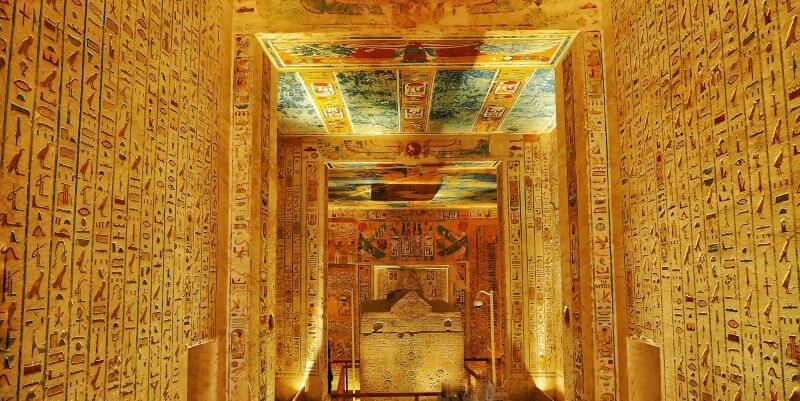
Conclusion
The Valley of the Kings is a must-visit destination for anyone interested in ancient history and archaeology. This awe-inspiring site, with its beautifully decorated tombs and rich historical significance, offers a unique window into the world of the pharaohs and their quest for immortality. By following this comprehensive guide, you can ensure a fulfilling and respectful visit, immersing yourself in the wonders of ancient Egypt.
Plan your trip to the Valley of the Kings today and step back in time to explore one of the most fascinating and enduring legacies of the ancient world. From the intricate tomb paintings to the stories of the pharaohs who ruled millennia ago, the Valley of the Kings promises an unforgettable journey into the heart of Egypt’s glorious past.
Links
Go To Europe
Go to Asia
Go To Africa
Go to America
-
Valley of the Kings, Egypt: A Comprehensive Tourist Guide
Valley of the Kings, Egypt: A Comprehensive Tourist Guide The Valley of the Kings, nestled on the west bank of the Nile River near Luxor, Egypt, […]

